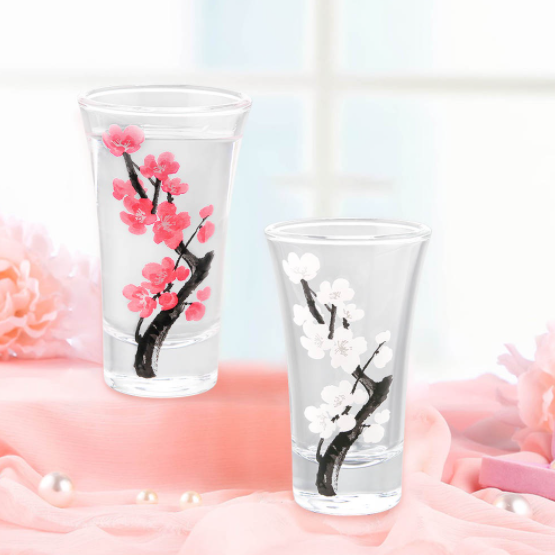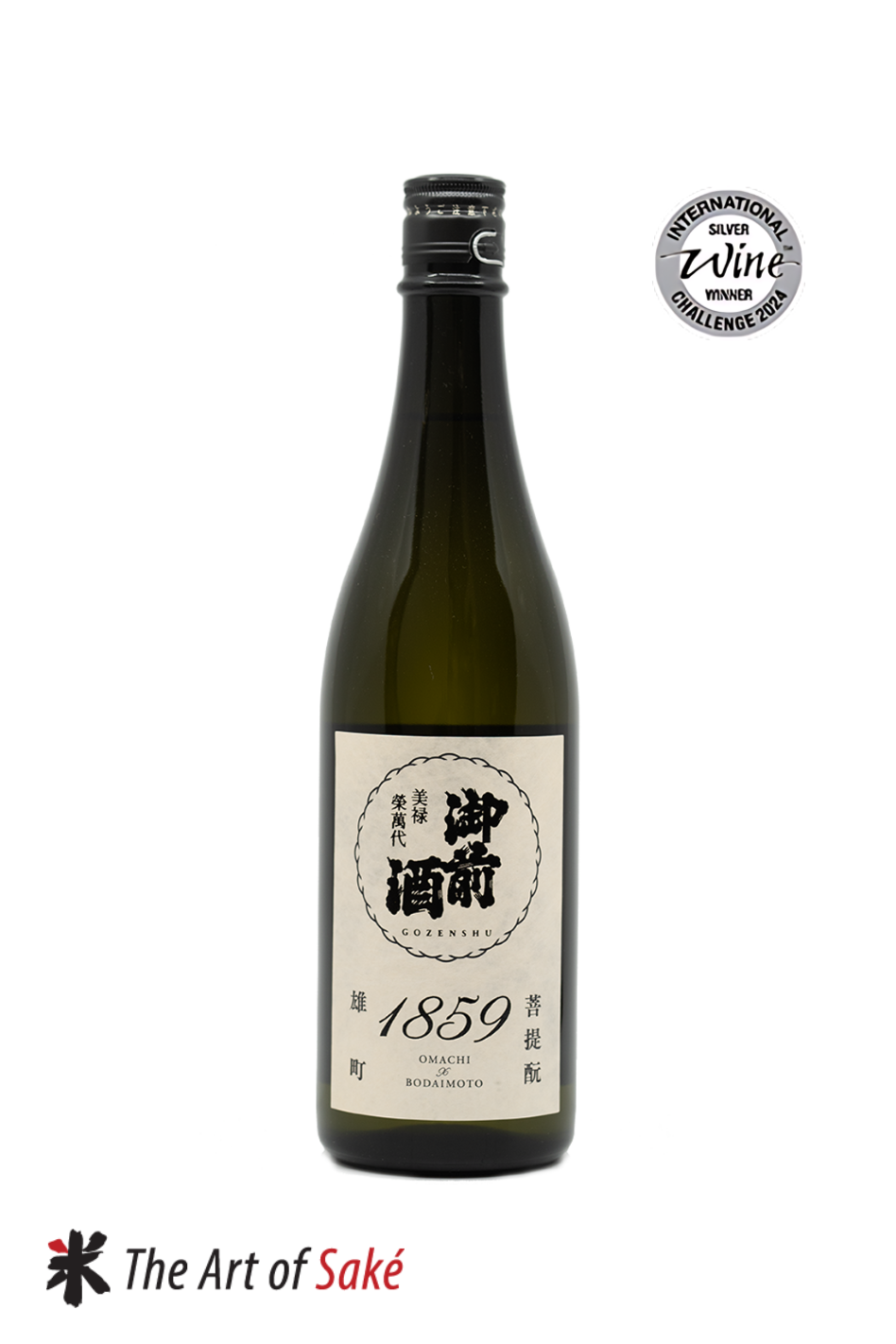Gozenshu Junmai Bodaimoto 1859

Gozenshu Junmai Bodaimoto 1859
8 reviews
Regular price$65.00
$65.00
/
- Description
- Profile
- Sake Sweetness
- Awards
Description
This is the first release of Gozenshu's new range, the 1859 series, named after the year Omachi rice was discovered. This is a Bodaimoto Junmai Sake.
This sake has a complex nose. Muscat, Strawberries, Raspberries, Banana Bread and some notes of Vanilla. It is clear and structured. It is surprisingly dry, with good acidity and umami. It has surprisingly high astringency, with hints of ginseng & nutmeg.
Bodaimoto is an age old method pre-dating even the Kimoto method, It was recreated by a group of young brewers trying to reinvent the ancient styles of sake making. Gozenshu has promised to use only Omachi rice to brew sake by 2022.
Profile
| Grade | Junmai |
|---|---|
| Polishing Ratio | 65% |
| Rice Type | Omachi |
| Alcohol | 16% |
| Prefecture | Okayama |
| Brewery | Tsuji Honten |
Sake Sweetness

Awards
- IWC 2024 - Silver
- In stock, ready to ship
- Inventory on the way







